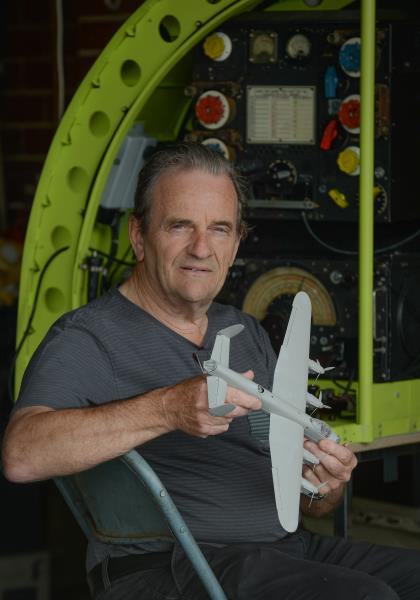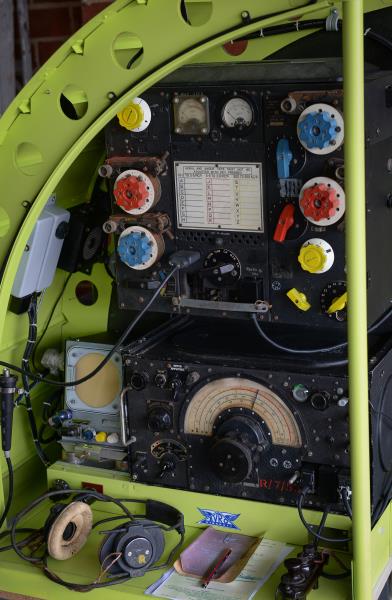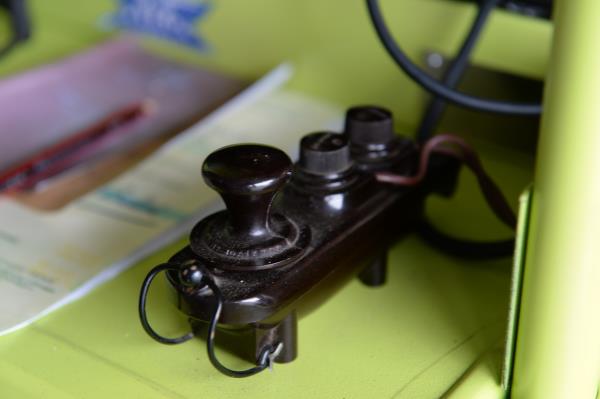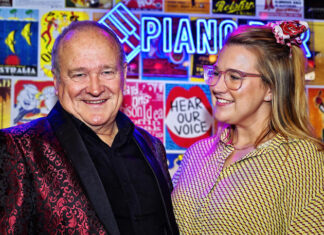
By JOHN VAN KLAVEREN
ONE OF two remaining radio receiver-transmitters used in Lancaster bombers during WWII has been painstakingly restored in a Hamlyn Heights garage.
The radio console will be front and centre at an exhibition in July marking the ANZAC centenary.
“Semi-retired” electronics technician and former Leetronics business owner Calvin Lee restored the radio console with assistance from members of Geelong Amateur Radio Club.
“I’ve been collecting old radios and radio parts for about 30 years but I’m not sure why I decided to restore this one,” Mr Lee laughed.
“I’ve been asking myself the same thing.”
Describing the Lancaster radio console as “a nice piece of gear”, Mr Lee also had to find a number of peripherals to go with the main transmitter and receiver units.
He bought the receiver on eBay, while the rusted out transmitter was found under club member Peter Ward’s Barwon Heads home where it had been since the 1950s.
Mr Lee also found a fishpond radar unit, which radio operators also used in the Lancaster bomber.
“The fishpond radar ran off the plane’s main radar and was used to check the underside of the Lancaster, its weak point for attack by fighter aircraft,” Mr Lee explained.
“The radio operator actually sat on the main spar of the wing and wore a helmet with a throat microphone connected to the console.”
Mr Lee also managed to find a BBC radio recording of a live bombing run over Berlin in 1943, which he could now play with an attached bathtub Morse key.
He hoped to track down other documentation on the radio console, such as flight engineer notes to accompany some large-scale photos and footage of what flying Lancasters was like for their crews.
“We believe there is only one other Lancaster radio console in Australia, called G for George, at the war memorial in Canberra,” Mr Lee said.
He has 31 other restoration projects on the go for the ANZAC centenary military communications exhibition at Osborne House in July, including walkie talkies, WWI radios and field telephones.
Mr Lee said the restored items would be made available to museums for inclusion in permanent displays after the exhibition.








